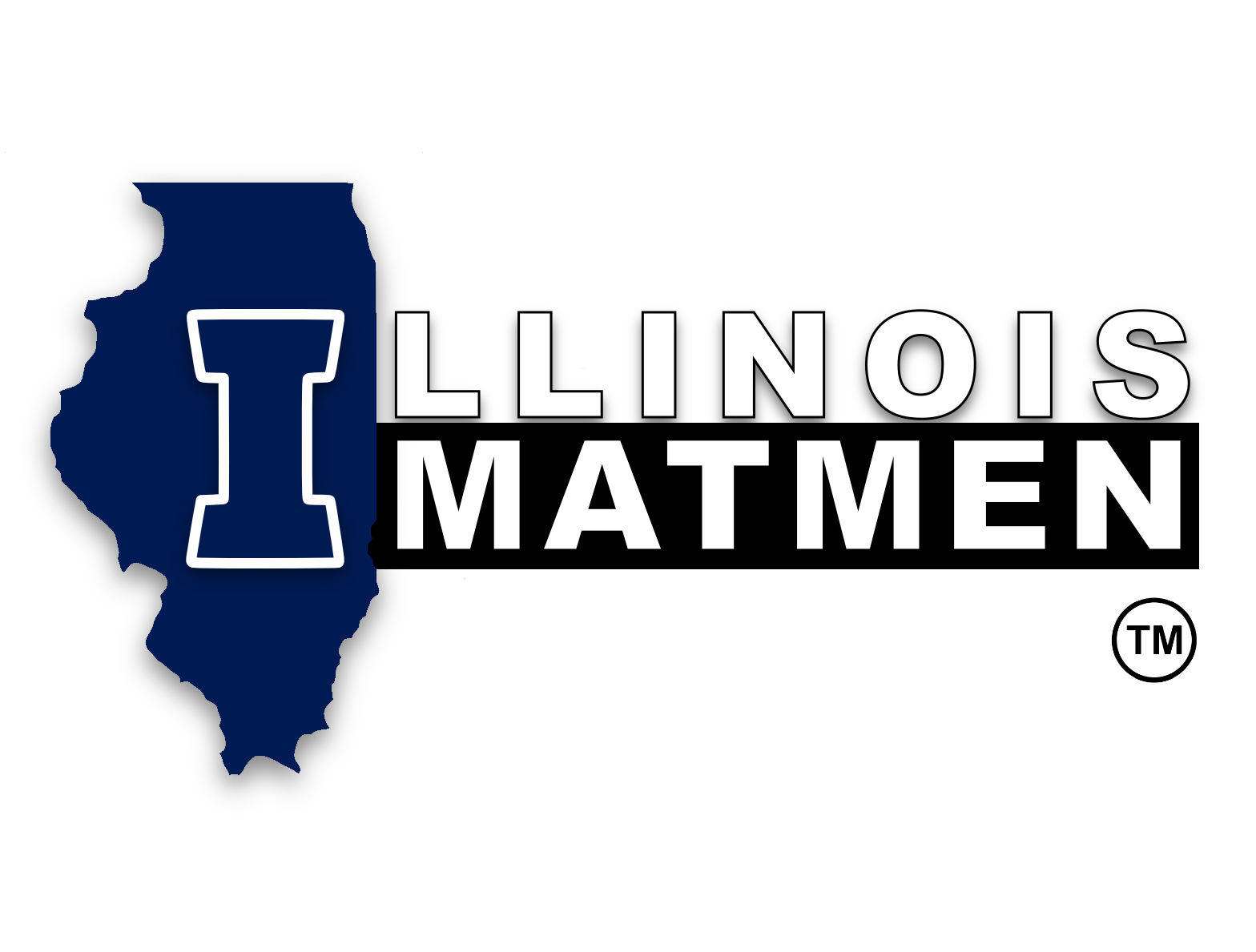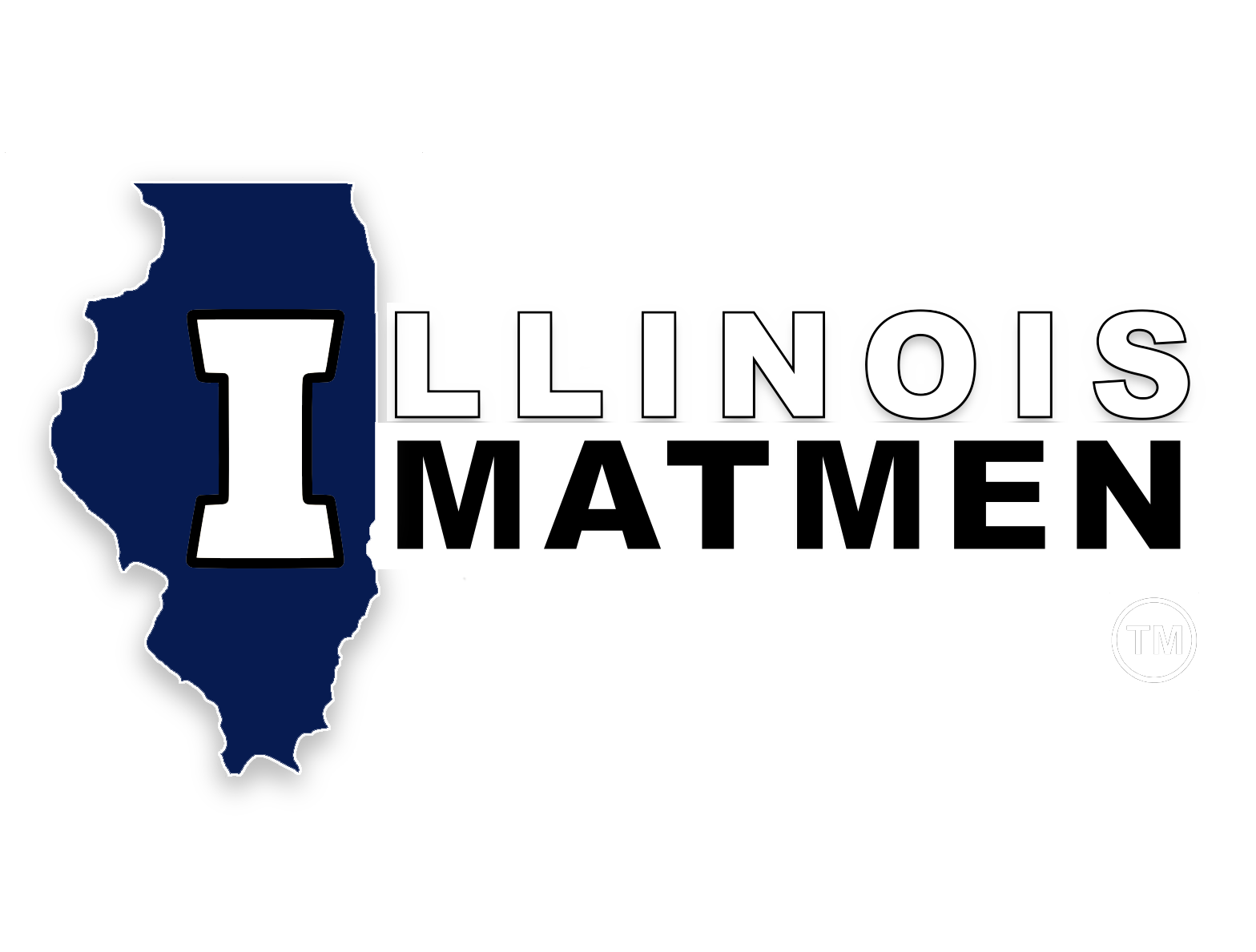By ROB SHERRILL
Illinois Matmen
I’ve always wondered why the practice of forfeiting one or more weight classes at the end of a state tournament dual meet is not only accepted in Illinois, but almost expected.
I didn’t make a point of it this year, but in my previous stints on dual state meet broadcasts, I’ve asked openly why so many Illinois teams do it – and why the practice has become so universal in our state.
Every team comes to every dual meet prepared to wrestle 14 matches. Anything less cheats paying customers out of what they came to see.
Let’s be clear. I’m not talking about mid-match forfeits, which can result from the process of bumping wrestlers around to try to gain a competitive advantage. That’s an accepted part of dual-meet strategy. My only focus is on the practice of forfeiting anywhere from one to even four or five matches at the end of a dual meet, after the team outcome has already been assured.
It seemed to me that, based on anecdotal evidence, this practice doesn’t occur as often in other states as it does in Illinois. So I decided to put that assumption to the test. I compared the prevalence of end-of-match forfeits in Illinois state tournament matches to 12 of the other 16 states that host a dual-meet state tournament for which complete state tournament box scores were available (along with Indiana, whose dual state tournament is now hosted by its state coaches association). It turns out that I was right – in many cases, by a landslide. The results for these states in 2016 are shown below.
[table class=”rankings”]
State,Total state duals,Duals with EOM forfeit,Pct.
Illinois,24,11,45.8
Delaware,10,4,40.0
Tennessee,45,17,37.8
Pennsylvania,65,22,33.8
Maryland,6,2,33.3
New Jersey,17,5,29.4
Iowa,36,8,18.2
Nebraska,44,7,15.9
Michigan,28,3,10.7
Ohio,21,2,9.5
Indiana*,57,1,1.8
Minnesota,33,0,0.0
North Dakota,19,0,0.0
Wisconsin,13,0,0.0
[/table]
Nearly half of our state tournament duals, 11 of 24, had at least one end-of-match forfeit – in contrast to the 24 dual sectional matches, just three of which ended that way.
I will give credit here to the four teams, Lockport, Providence, Crystal Lake Central and Marian Catholic, that competed in three dual meets at state without a single end-of-match forfeit. And there’s one team in my state of residence, Bradley Central in Cleveland, Tenn., that has elevated this practice to an art form. Bradley Central won the Division I Class 3A dual state title this year, the school’s 13th dual state title. The Bears forfeited the final four matches in their round of 16 win, the final four again in their quarterfinal win, and the final five in their semifinal win.
To be fair, though, Bradley Central did wrestle out its 52-21 championship-match win over Soddy Daisy, and the Bears did the same in every one of their 13 title-match wins.
When I’ve posted this topic on the forum on previous state tournament broadcasts, those who responded overwhelmingly defended the practice. The most common defense: protecting wrestlers from injury for a later round. That’s fine – it’s not necessary to use every starter in every match. But if you rest a starter, wrestle a backup instead. There’s almost always a way to put a wrestler on the mat.
For those espousing the injury-avoidance theory, consider this: half of this year’s championship and third-place matches – three of six – included at least one end-of-match forfeit. What was there to save a wrestler for by then?
The tired old theories of injury avoidance and “sportsmanship” – not wanting to run up the score – clearly don’t present challenges unique to Illinois teams. So…why has it become so widespread in our state tournament, when, as the above statistics make obvious, it’s considered less acceptable or, in some cases, not acceptable at all, virtually everywhere else?
Food for thought.







GIPHY App Key not set. Please check settings